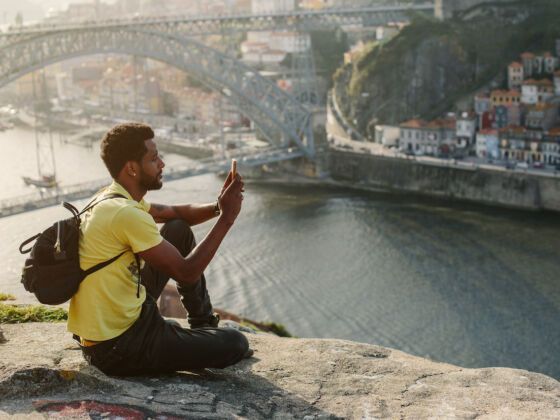Don’t use the default video app
Nearly all the video on the Atlas & Boots YouTube channel was shot using the default video app on the iPhone. A far better option is a premium video recording app like Filmic Pro. At $9.99 (£7.99), it’s not cheap but the difference in quality is worth the money.
Features include variable speed zoom, variable frame rates up to 240fps on latest devices, and full manual control over focus, exposure, ISO, shutter speed, tint and colour temperature. If you know what you’re doing, a specialist app can elevate your video far beyond what’s standard on a smartphone.
